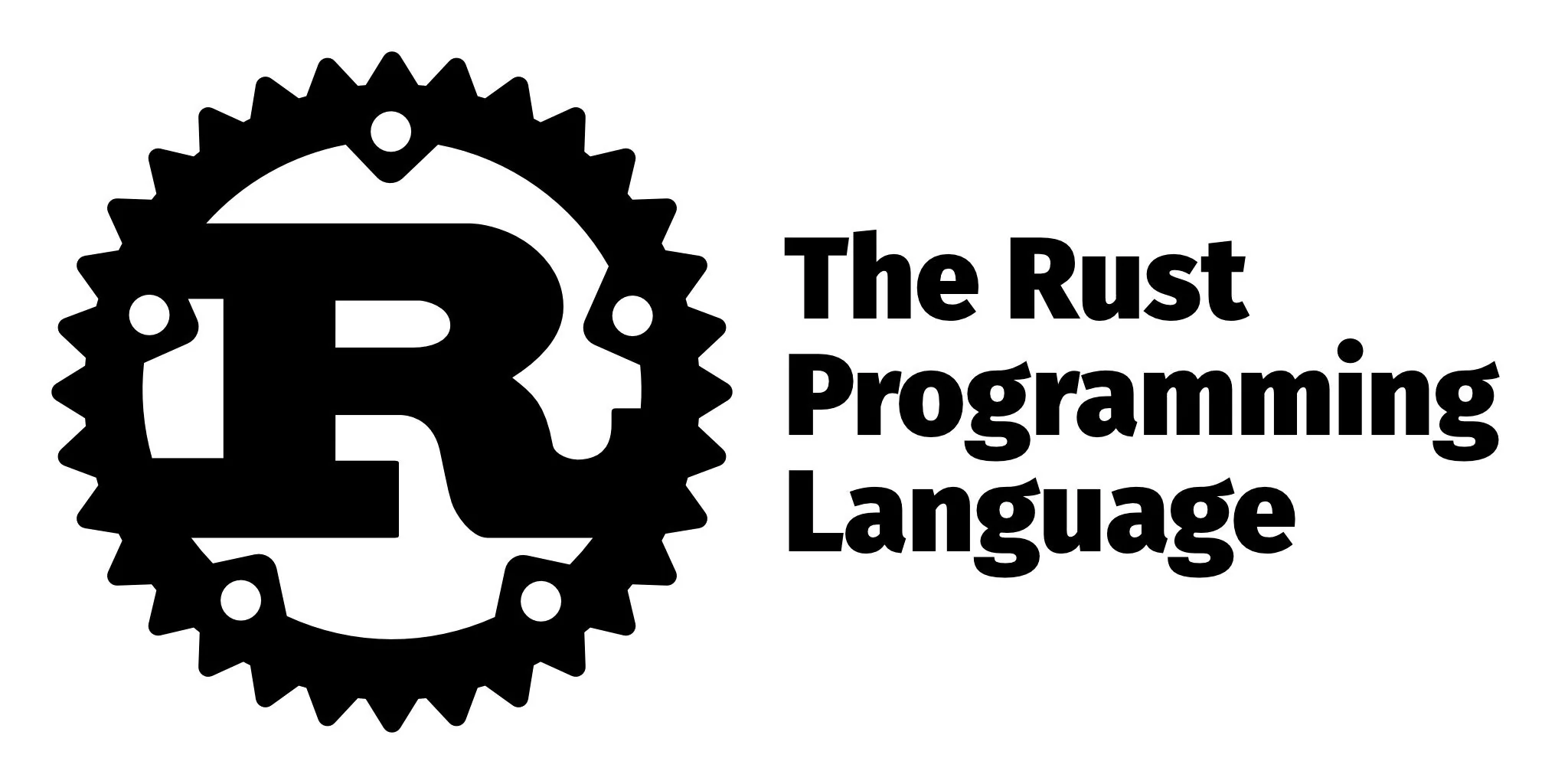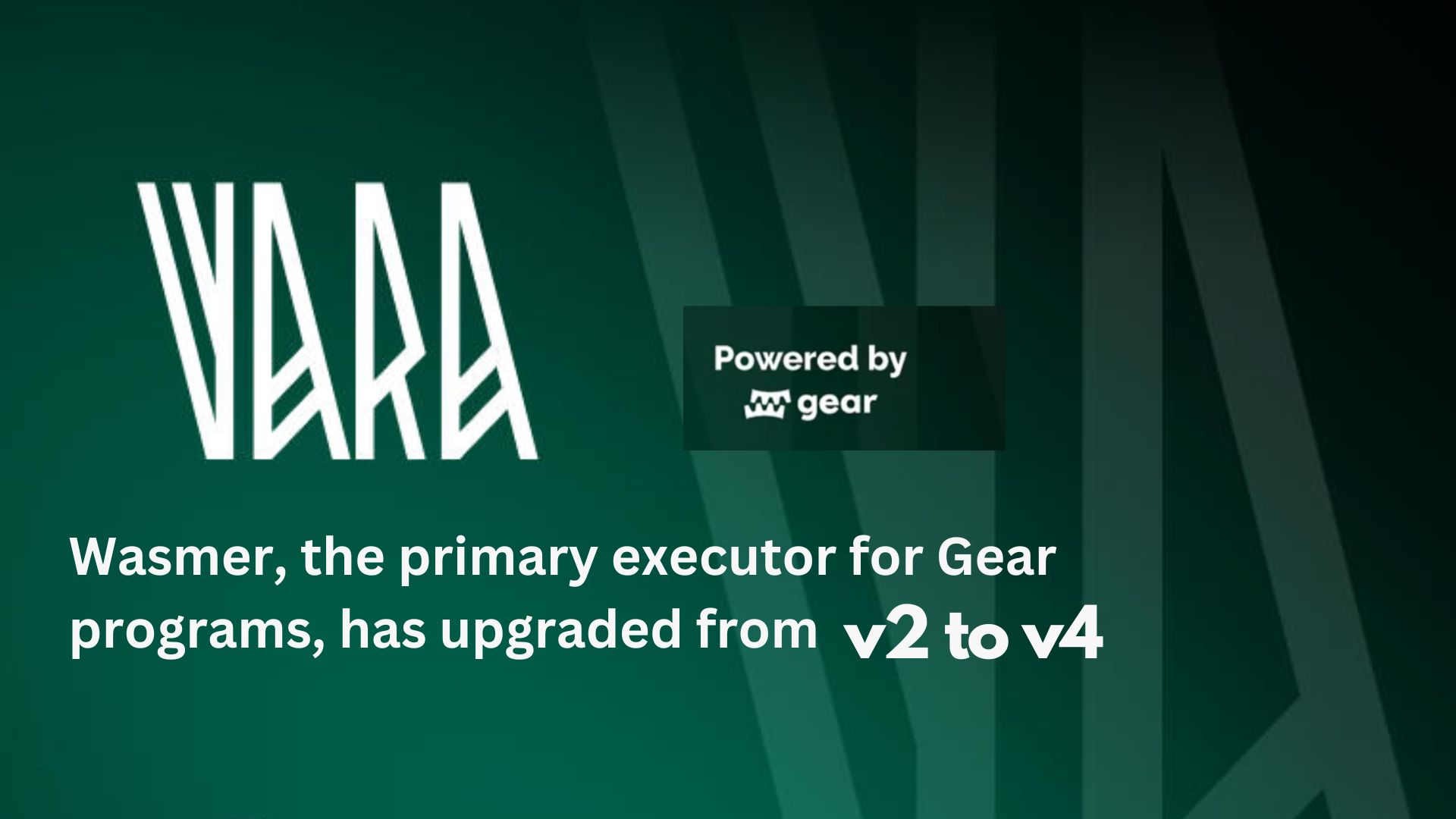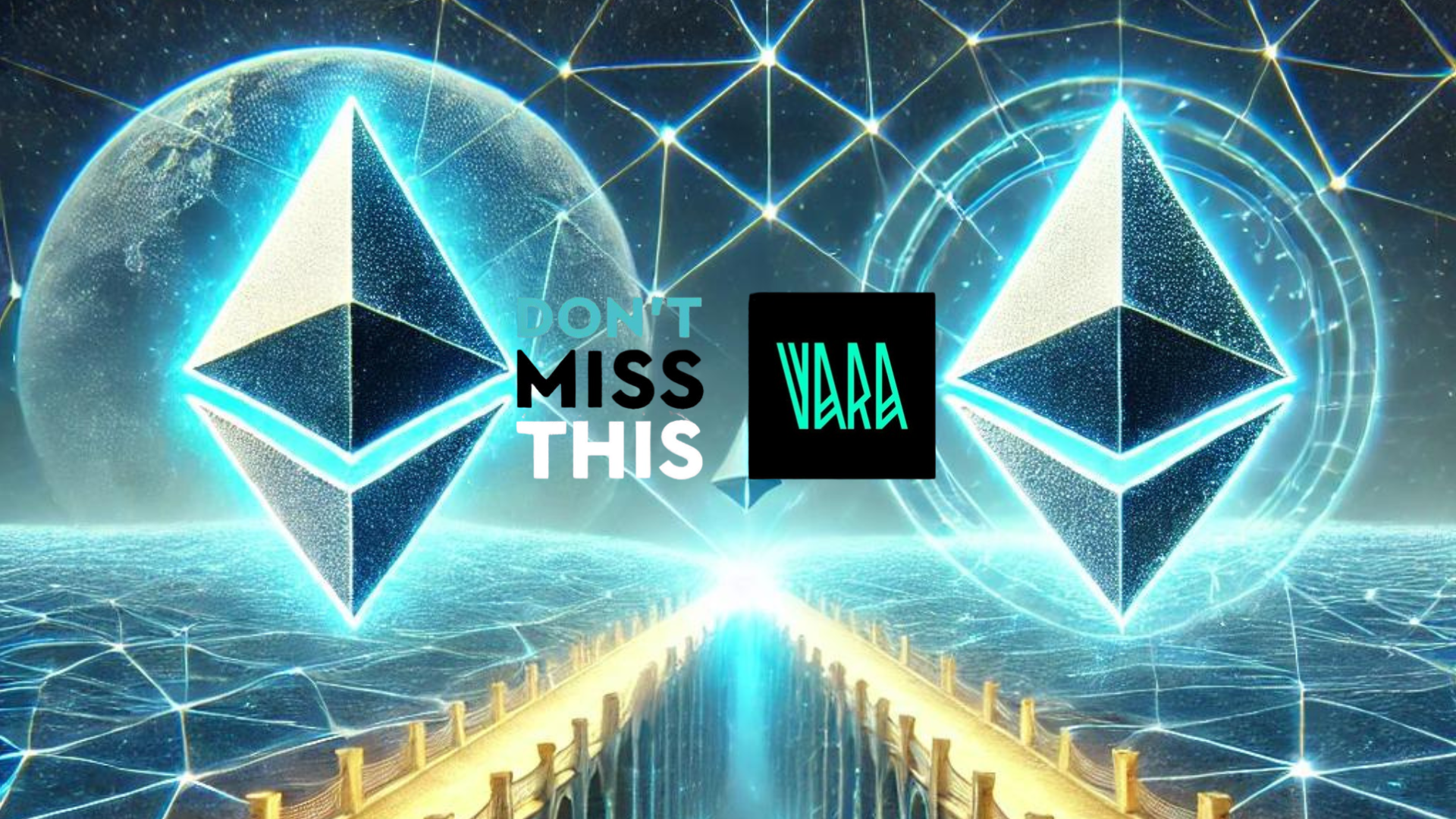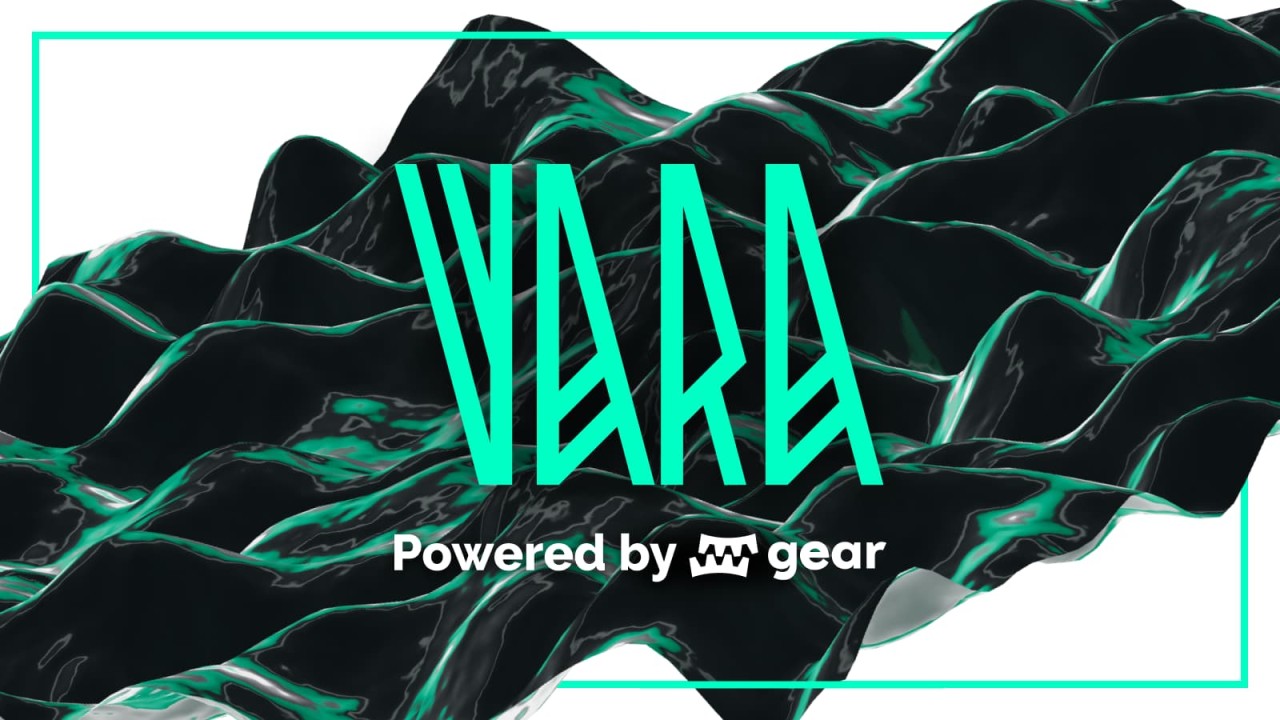Vara Network v1.5.0 Update: Key Features, Ethereum Bridge, and Staking Enhancements
 Adityaa kr
Adityaa kr
The Vara Network and Gear Protocol have recently rolled out the v1.5.0 update, packed with powerful new features and enhancements. This release brings significant improvements aimed at boosting the efficiency, security, and overall experience for developers working within the ecosystem. Here’s a detailed breakdown of what’s new in this update, explained in simple terms.

1. Upgrade to Rust Version
One of the most critical changes in this release is the increase in the minimum required Rust version for compiling Gear crates, like gstd. Previously, you needed Rust version 1.73, but now you’ll need version 1.80. This upgrade ensures that you benefit from the latest features and performance improvements offered by Rust.
Additionally, the wasm-proc crate, which is essential for working with WebAssembly (WASM), is now published on crates.io. This change simplifies the installation process by allowing you to use the native Cargo interface instead of relying on a Git dependency.

2. Enhanced Testing Capabilities
Testing your programs on Gear has become more intuitive and aligned with real-world scenarios. The gtest framework, which is used for testing, now supports sending messages with custom gas limits. Previously, you could only send messages with the maximum gas limit, but now you have more control, making your tests more precise.
Moreover, logic that depends on system signals and reservations can now be tested more effectively. This improvement is crucial for ensuring that your programs behave as expected when deployed on the blockchain.
3. Streamlined Mailbox Interface
The mailbox interface within gtest has been refactored to better match the behavior of the on-chain system. This change makes it easier to simulate real-world scenarios during testing, ensuring that your programs work smoothly when interacting with other contracts or users.
A notable addition is the ability to apply custom hooks when processing replies in gstd, the Gear standard library. This feature allows you to perform specific actions when a reply is received, such as handling outdated replies or executing custom logic. It’s a flexible tool that can significantly enhance the way your programs manage responses.

4. Runtime and Execution Improvements
The update also brings a significant upgrade to the program execution environment. The primary executor for Gear programs, known as Wasmer, has been updated from version 2 to version 4. This new version includes numerous bug fixes, optimizations, and enhancements that improve stability and security.
In addition, the memory limit for Gear programs has been increased to 2GB, up from the previous limit. This increase allows developers to build more complex and resource-intensive applications. The move toward a 4GB limit is expected in future updates, providing even more flexibility for program development.
5. New Staking and DeFi Features
A new built-in actor has been introduced that implements staking functionality within the network. This feature allows programs to manage staking operations, such as bonding and unbonding, directly within their logic. This update is particularly beneficial for decentralized finance (DeFi) applications, as it enhances the flexibility and capabilities of funds management.

6. Introduction of the Ethereum Bridge Interface
In a move towards greater interoperability, an interface for the upcoming Ethereum bridge has been added to the Vara Network Testnet. This bridge will eventually allow cross-chain interactions between Vara and Ethereum, enabling seamless transfers and communication between the two networks. Once fully tested and audited, this feature will be rolled out to the mainnet.
7. Improved Gas and Mailbox Handling
The update also includes important changes to how gasless messages are handled. Previously, the inclusion of gasless messages in a user’s mailbox was dependent on the remaining gas balance. Now, these messages are always included in the mailbox, making the system more reliable and consistent.
Messages that are provisioned by reservations are also now always inserted into the mailbox, ensuring that all communications are properly accounted for, even when dealing with complex reservation logic.

Conclusion
The v1.5.0 update for Vara Network and Gear Protocol represents a significant step forward in enhancing the development environment and runtime capabilities. Whether you’re working on DeFi applications, complex smart contracts, or simply testing your programs, these updates provide the tools and improvements needed to build more efficiently and securely.
By staying up to date with these changes, you can ensure that your projects take full advantage of the latest features and continue to operate smoothly within the ever-evolving blockchain ecosystem.
Subscribe to my newsletter
Read articles from Adityaa kr directly inside your inbox. Subscribe to the newsletter, and don't miss out.
Written by

Adityaa kr
Adityaa kr
Passionate about tech and driven by curiosity.